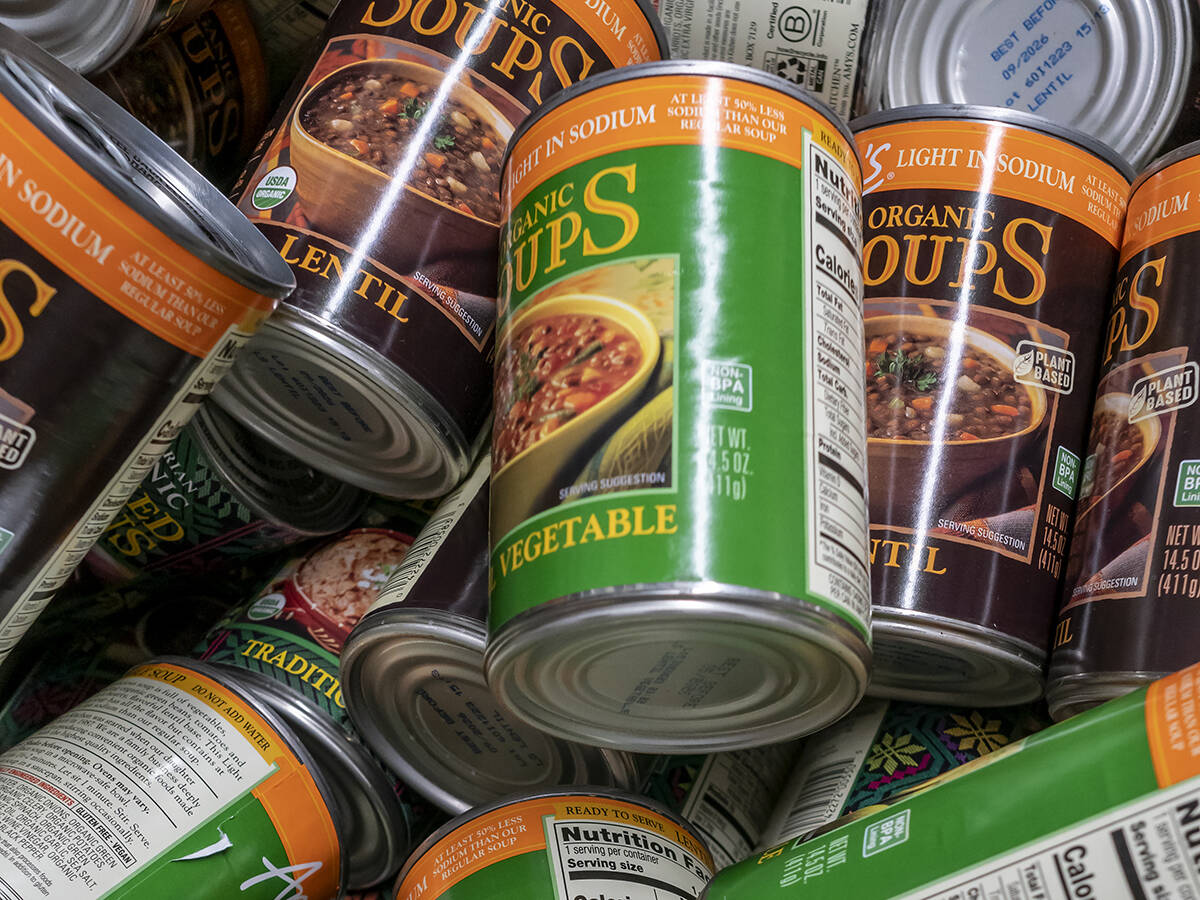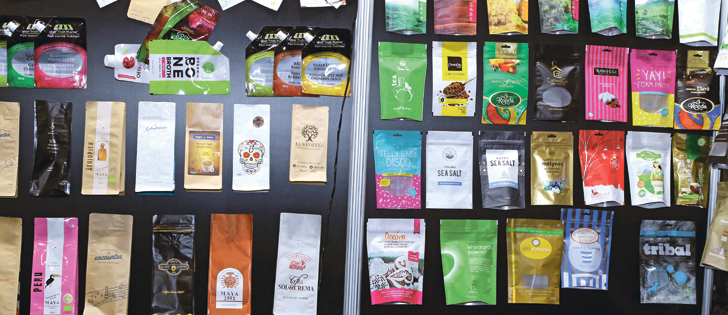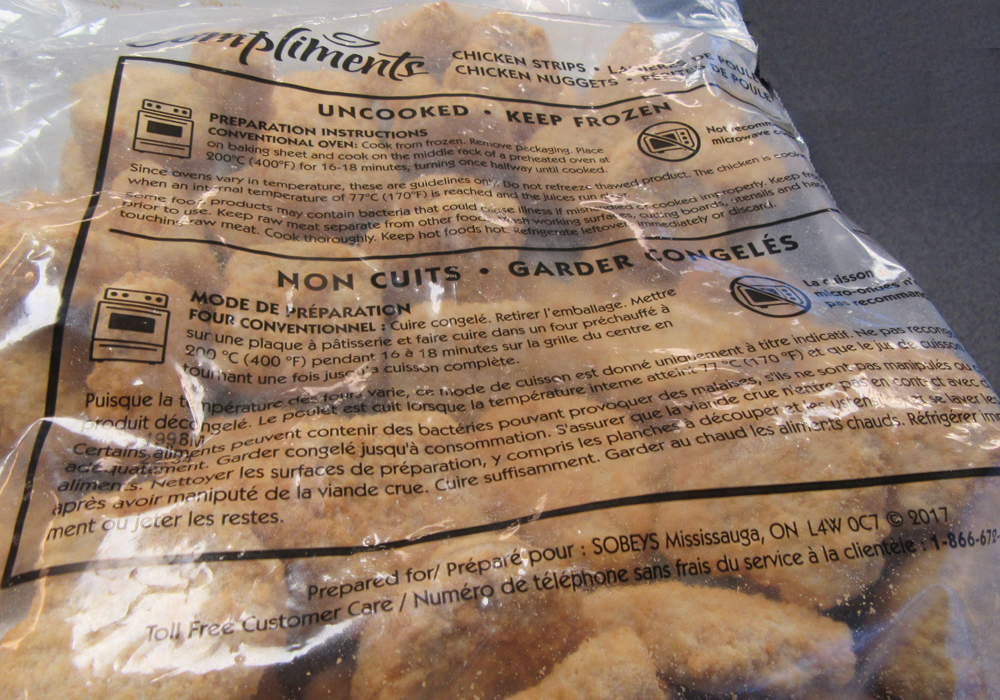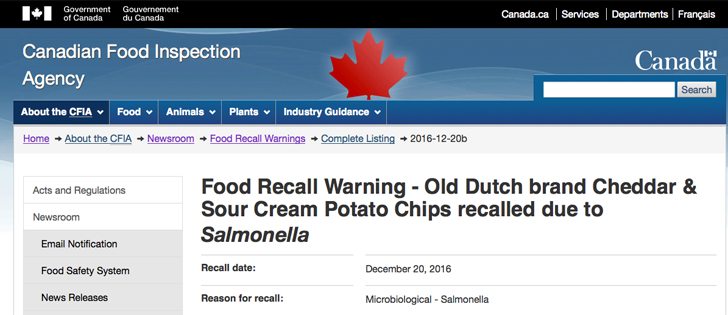Demands for fewer preservatives can mean a reduction in shelf life, freshness, appearance and flavour
TORONTO — Fewer ingredients in food products could mean a higher cost and shorter shelf life.
Carol Zweep, manager of packaging, food and label compliance at NSF International, said some ingredients are necessary for food safety and “product functionality.”
“There are a lot of chemical sounding names, but they have a function and sometimes can’t be substituted with something else,” she said.
Speaking at the SIAL show in Toronto, Zweep said bleached flour is enriched by ferrous sulfate, which adds iron to diets.
Read Also

Sustainable food has ‘lost all meaning’: prof
That marketing strategy is deader than a doornail, says a University of Guelph professor who specializes in consumer preferences and perceptions of agriculture and food.
Nancy Dummer, a registered dietitian, said sometimes it’s all in a name, noting how chicory root sounds better than its other name, inulin.
When trans fats were removed from crackers and cookies, shelf life decreased until a new process was created, said Dummer. In addition, removing artificial colours leads to a different looking product.
Zweep said innovations in packaging food can reduce the need for certain ingredients.
Modified atmosphere packaging extends shelf life and hinders microbial growth by substituting air with a mixture of carbon dioxide and nitrogen. It can be used in baked goods, pasta and deli meats but at a higher cost, she said.
A strong antimicrobial compound extracted from mustard and horseradish is currently used in label film in Japan.
Recent research has focused on the use of natural antimicrobials such as bacteriocins, enzymes and plant extracts.
Zweep said herbs such as rosemary are natural preservatives, while citric acid can be used to acidify food and MSG can be substituted with fish or mushroom sauce to enhance flavours.
Franco Naccarato, program manager with the Greenbelt Fund, said using high quality ingredients would eliminate much of the need for additives.
Cooking fresh ingredients daily would be the ideal but is not the reality.
“We have to realize that certain ingredients are needed,” he said.
“It’s a hard balance.… You want to have healthy food for us but also want healthy food for our food system, too. It’s kind of a Catch-22.”
Added Dummer: “Consumers want it both ways and that’s where education is needed.”
She stressed the need for more food education for consumers, citing the proliferation of nutrition information from blogs and dubious sources.
“It’s a wild, wild west out there with social media,” said Dummer.
Bob Bauer, president of the Association of Food Industries in New Jersey, said the United States is currently working out the details of labelling genetically modified products and defining what constitutes “natural” products.
He cited the difficulties in declaring honey as free of GMOs.
“You can’t control where the bees go,” he said.
Citing Vermont’s recent legislation calling for GM labelling on food products that was overturned federally last July, Bauer said one state determining rules for the whole country is not workable.
“We just need to all work together and come up with something and influence the legislation with something that is meaningful and something we can all live with.… We need to keep the zealots out at both ends and just work together.”
Tia Loftsgard, executive director of the Canadian Organic Trade Association, said no product can ever be GM free, but standards and minimums can be applied.
Whole Foods Market will require its suppliers to provide non-GMO certified products by the end of 2018.
“If organic has to do it, GM should have to do it as well,” she said.
Canadian consumers seeking transparency in the products they purchase will get help from the federal government’s Healthy Eating Strategies.
That includes revisions to Canada’s Food Guide to provide credible dietary guidance. The marketing of low to no nutrition foods and beverages targeting children will be restricted and the public and industry will be asked to provide input on package labelling to help Canadians make more informed choices on ingredients like sugars, sodium and saturated fats.

















